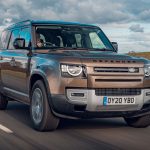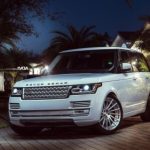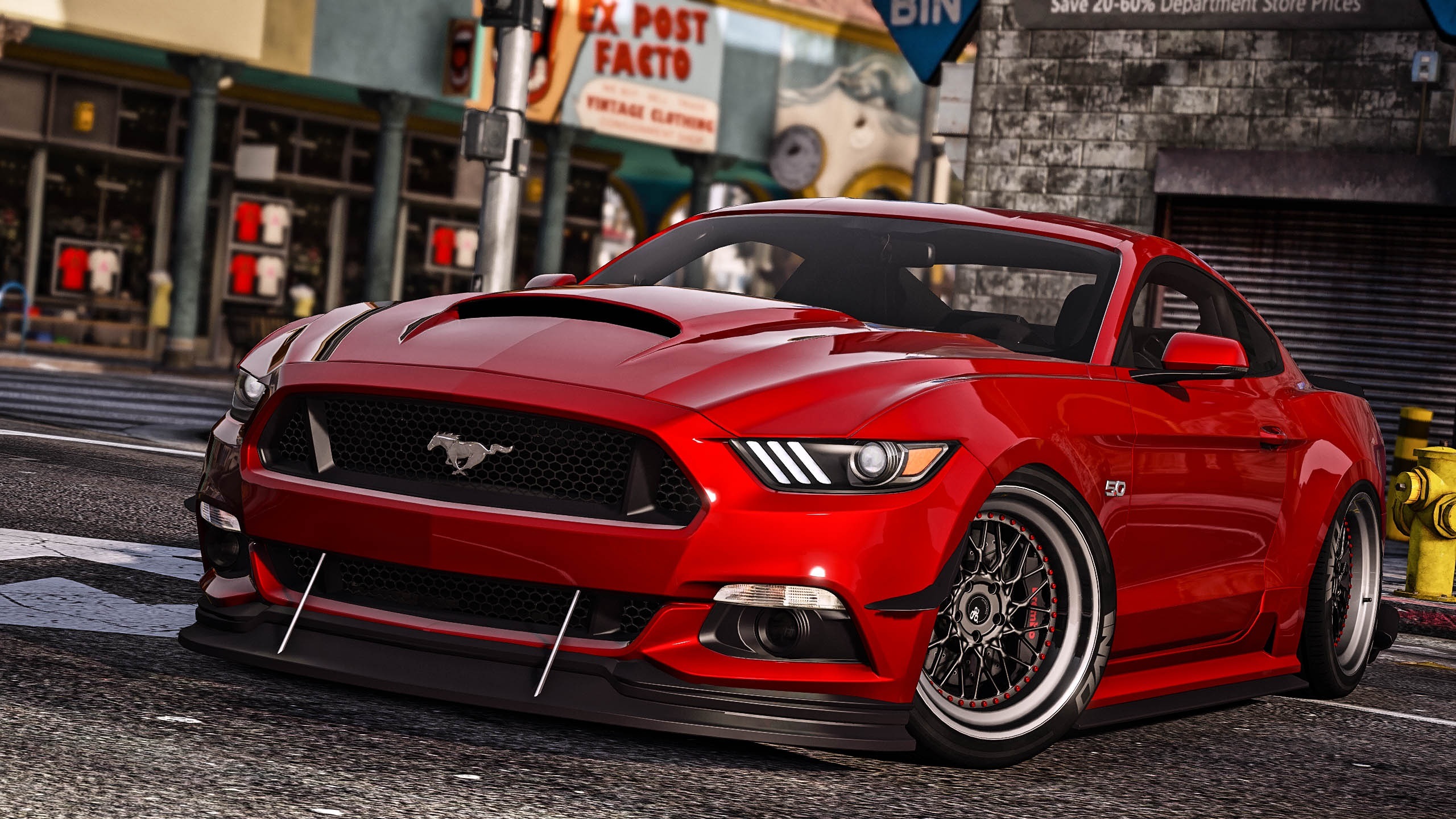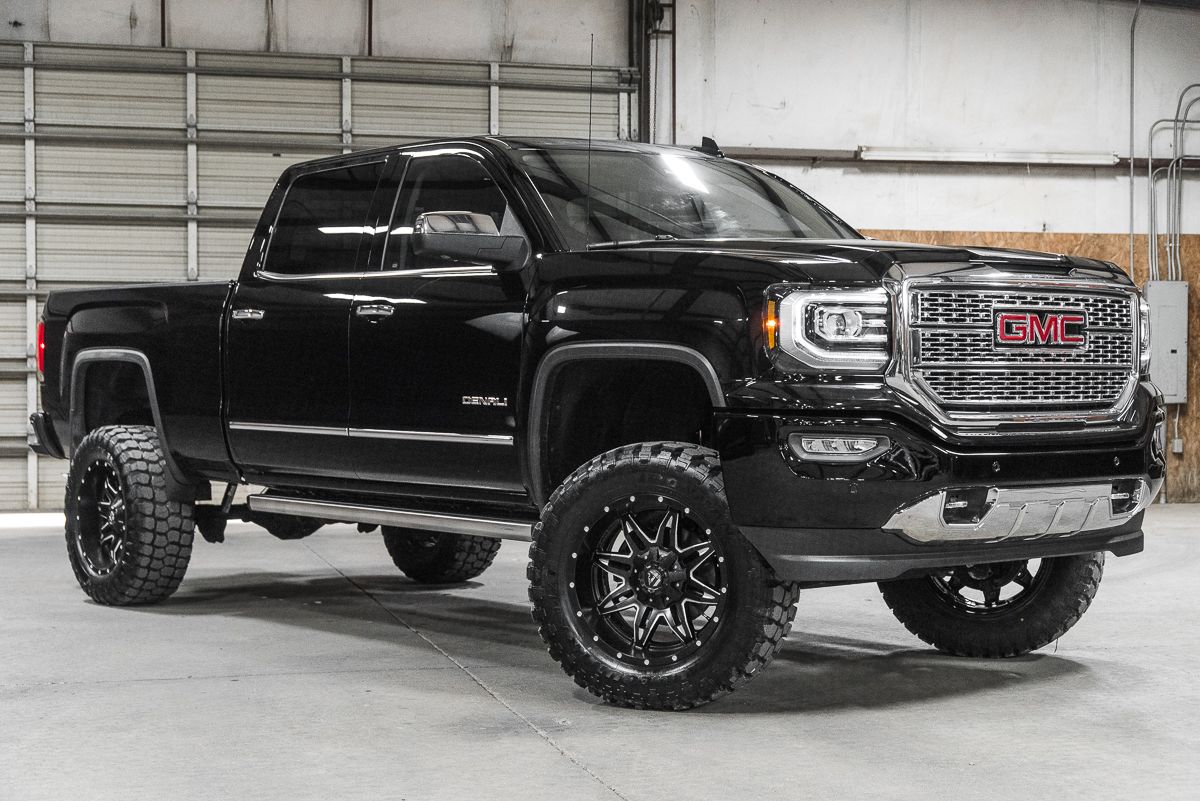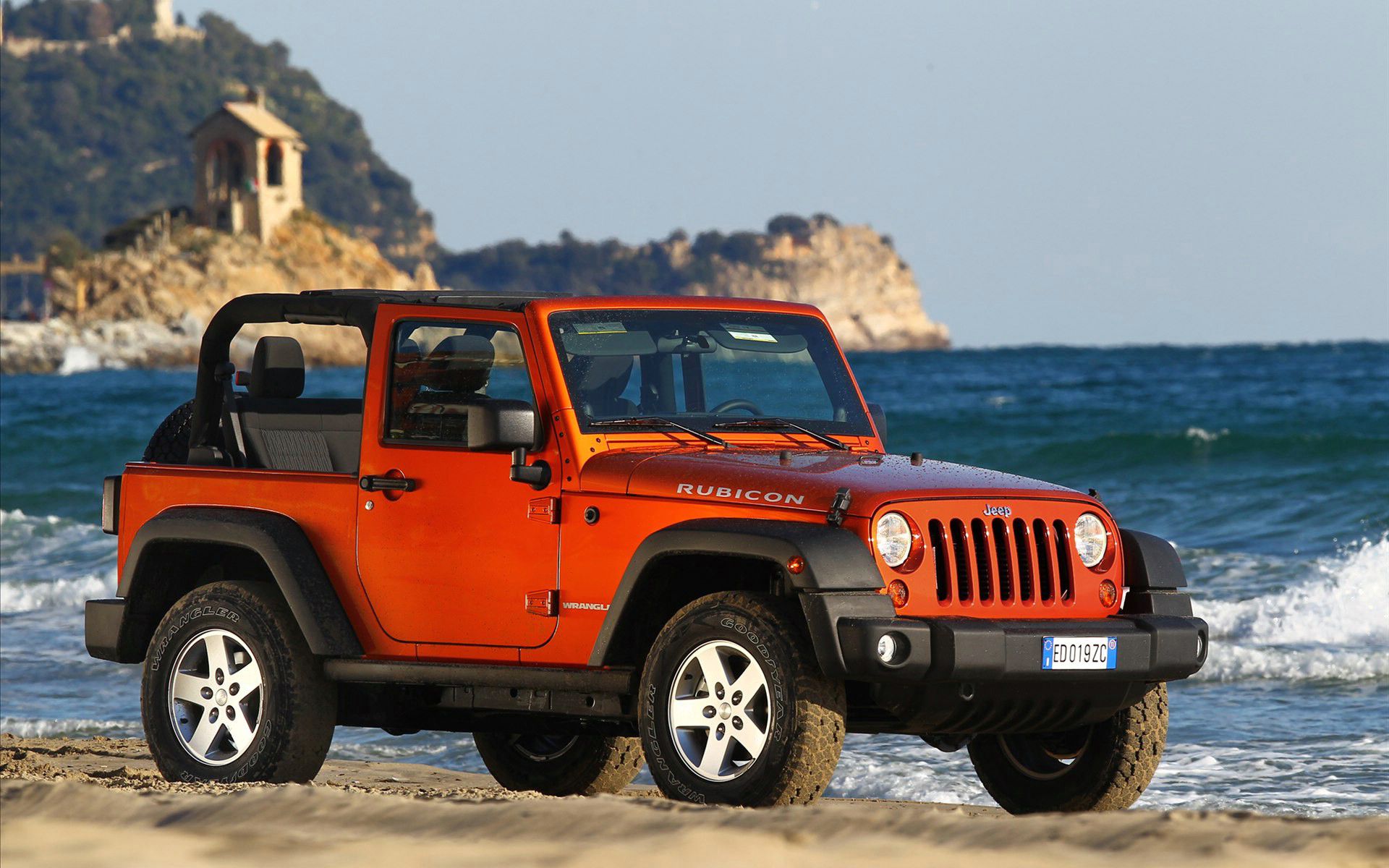On 26 November 2004, Land Rover released the first photographs of the Range Rover Sport, a new model it planned to show to the public for the first time at the 2004 North American International Auto Show. The Range Rover Sport is a production car development of the Range Stormer concept vehicle the company showcased in the 2004 North American International Auto Show. Though called the Range Rover Sport “L320”, it was not merely a new specification within the Range Rover line-up, but rather an adapted Discovery “L319”, or T5 Platform Discovery/LR3 with Range Rover exterior styling and Range Rover interior seating and dash forms, a shortened wheelbase, smaller luggage capacity and a single rather than split tailgate which was angled back for styling improvements. With entry model pricing close to upper Discovery models, the Sport became the biggest seller of all the Land Rover products. This model was released for sale in late 2004 as a 2004 model.
In 2013 a redesigned version was released for sale as a 2014 model year “L494”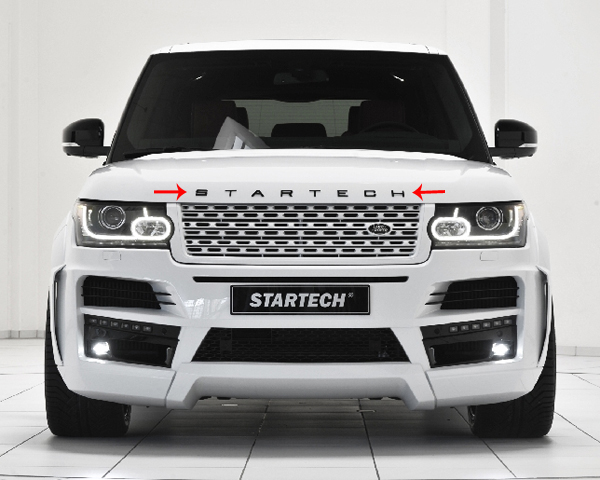 . Unlike the original and current Discovery, it does not have steel chassis rails but is based on the new D7u alloy Platform, which much more resembles the current flagship with closer equipment levels and capabilities in a smaller body style. Hence the L494 Range Rover Sport is around 400 kg lighter than the previous generation and benefits in performance due to its weight reduction.
. Unlike the original and current Discovery, it does not have steel chassis rails but is based on the new D7u alloy Platform, which much more resembles the current flagship with closer equipment levels and capabilities in a smaller body style. Hence the L494 Range Rover Sport is around 400 kg lighter than the previous generation and benefits in performance due to its weight reduction.
Range Rovers, according to AutoTrader, “can be complicated, costly vehicles, and are loaded with very expensive parts.” Reliability issues are common complaints. J.D. Power rankings for the Land Rover are in the lowest category – known as “The Rest” – for quality overall, dependability, sales satisfaction, and customer service, with the cars only earning a “Better than Most” rank in the performance and design overall category. The Land Rover brand has “a legacy of quality problems” and ranks “at the bottom of the J.D. Power reliability ratings for three-year-old vehicles”.







